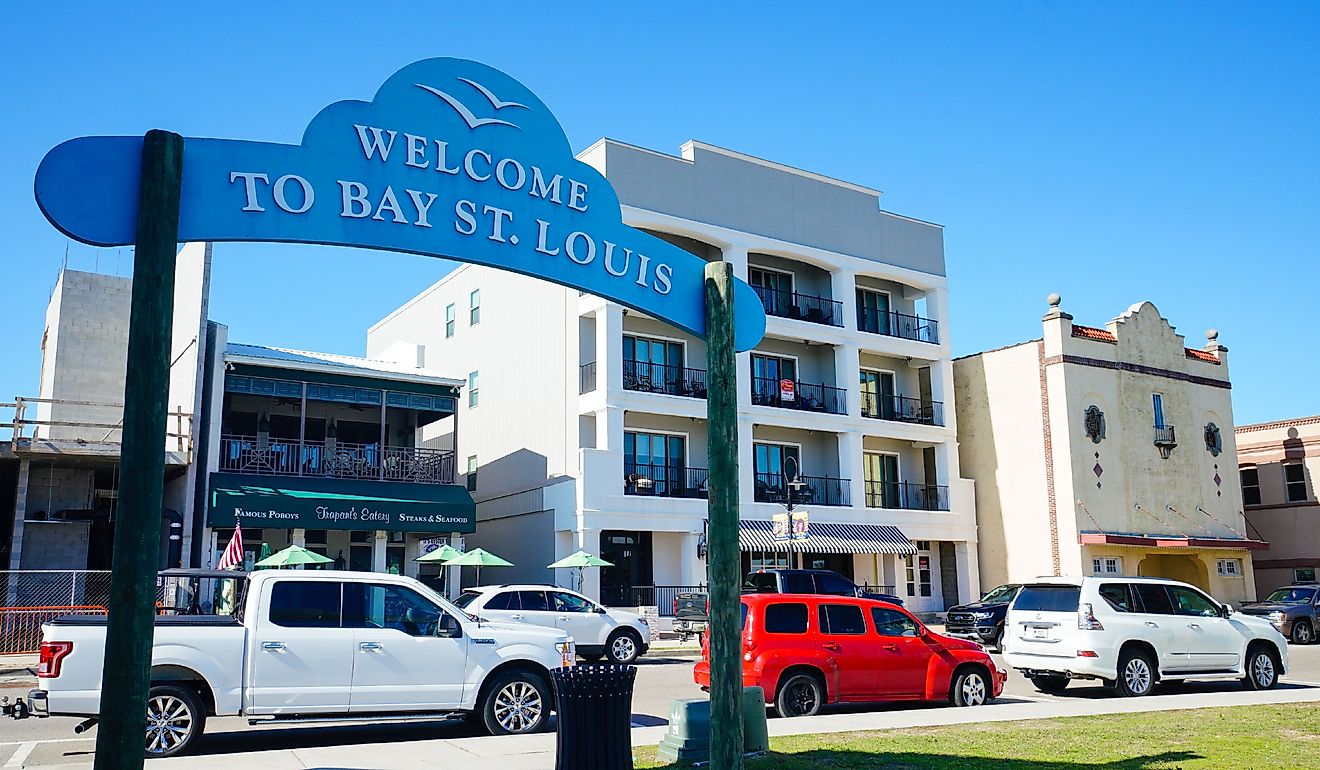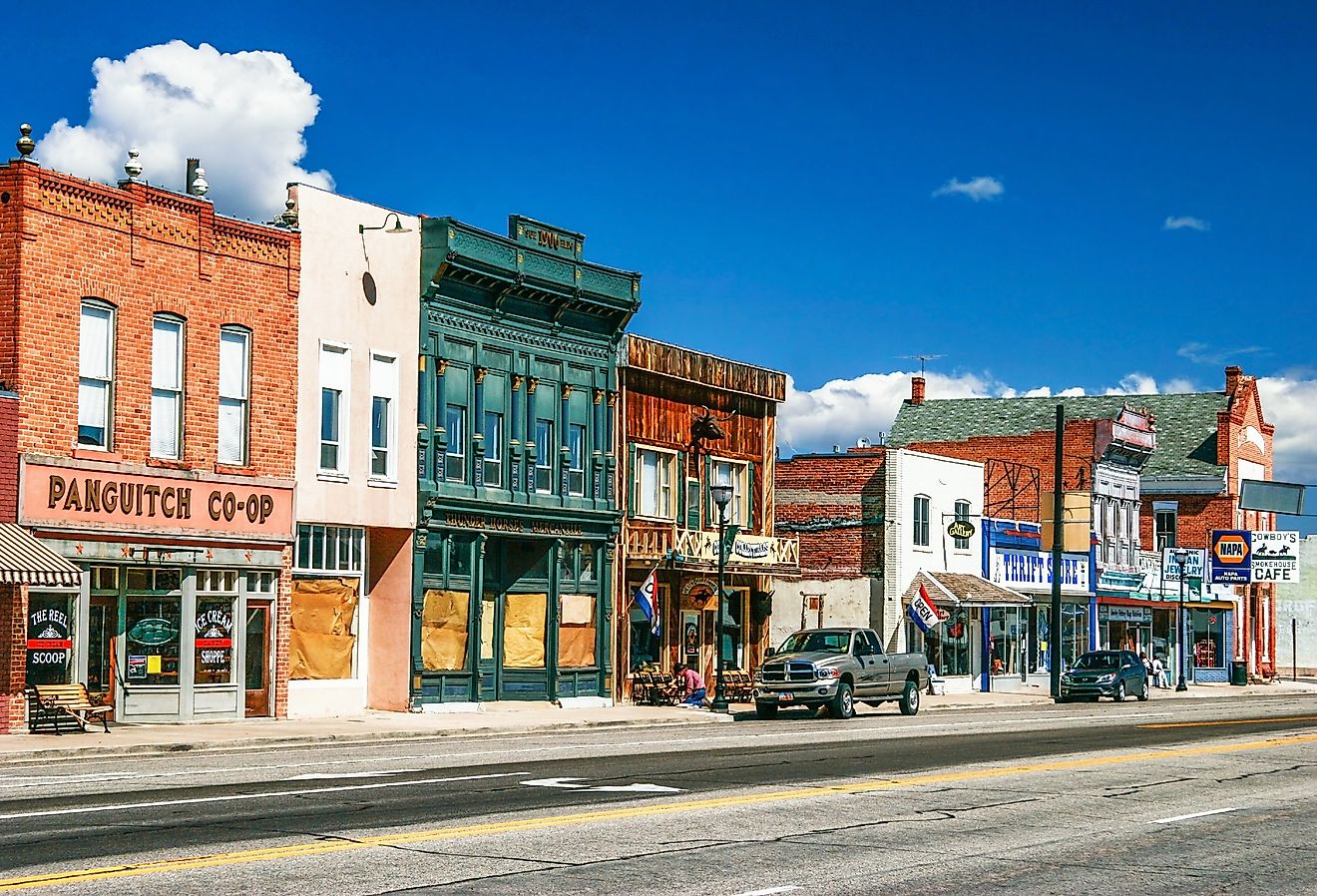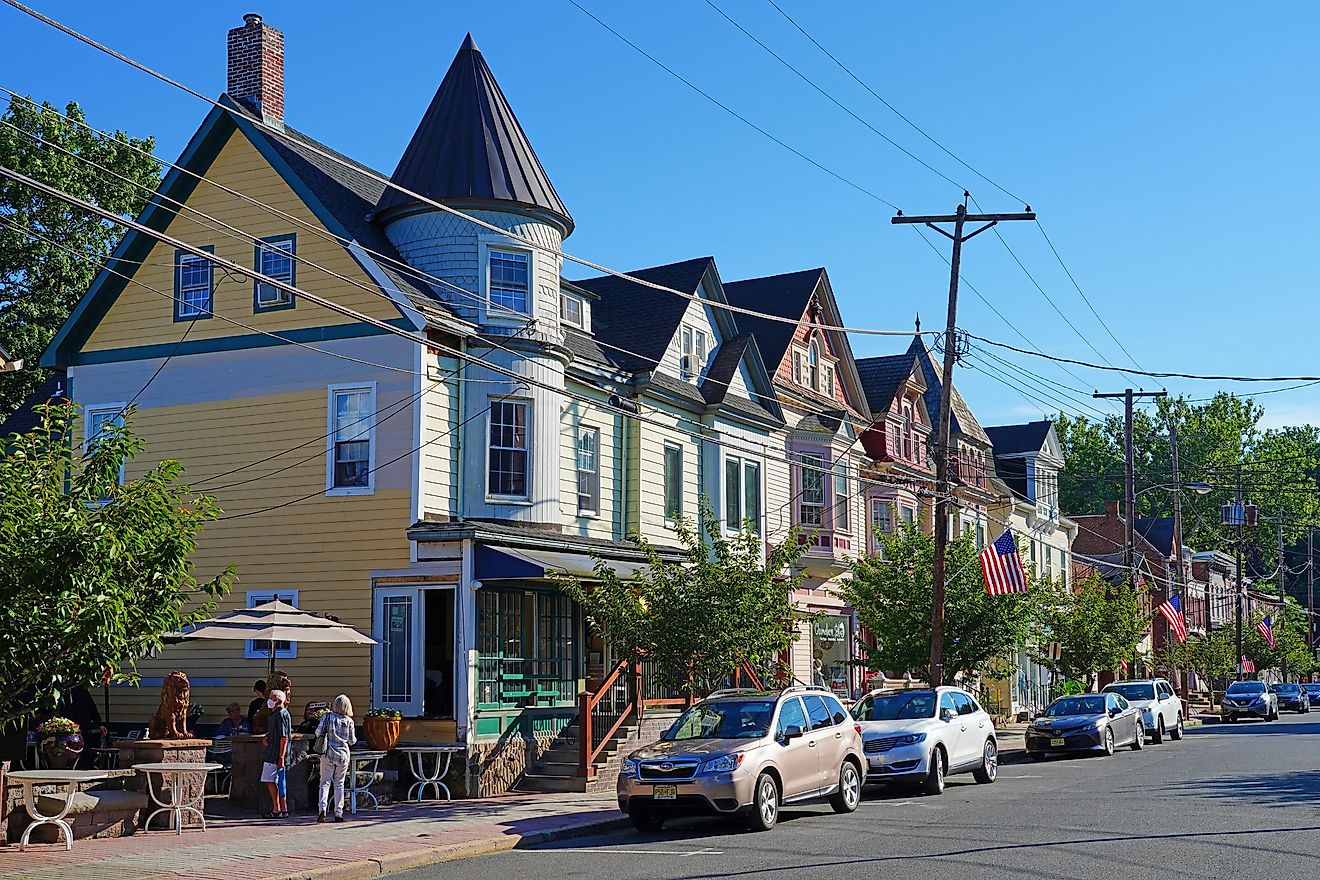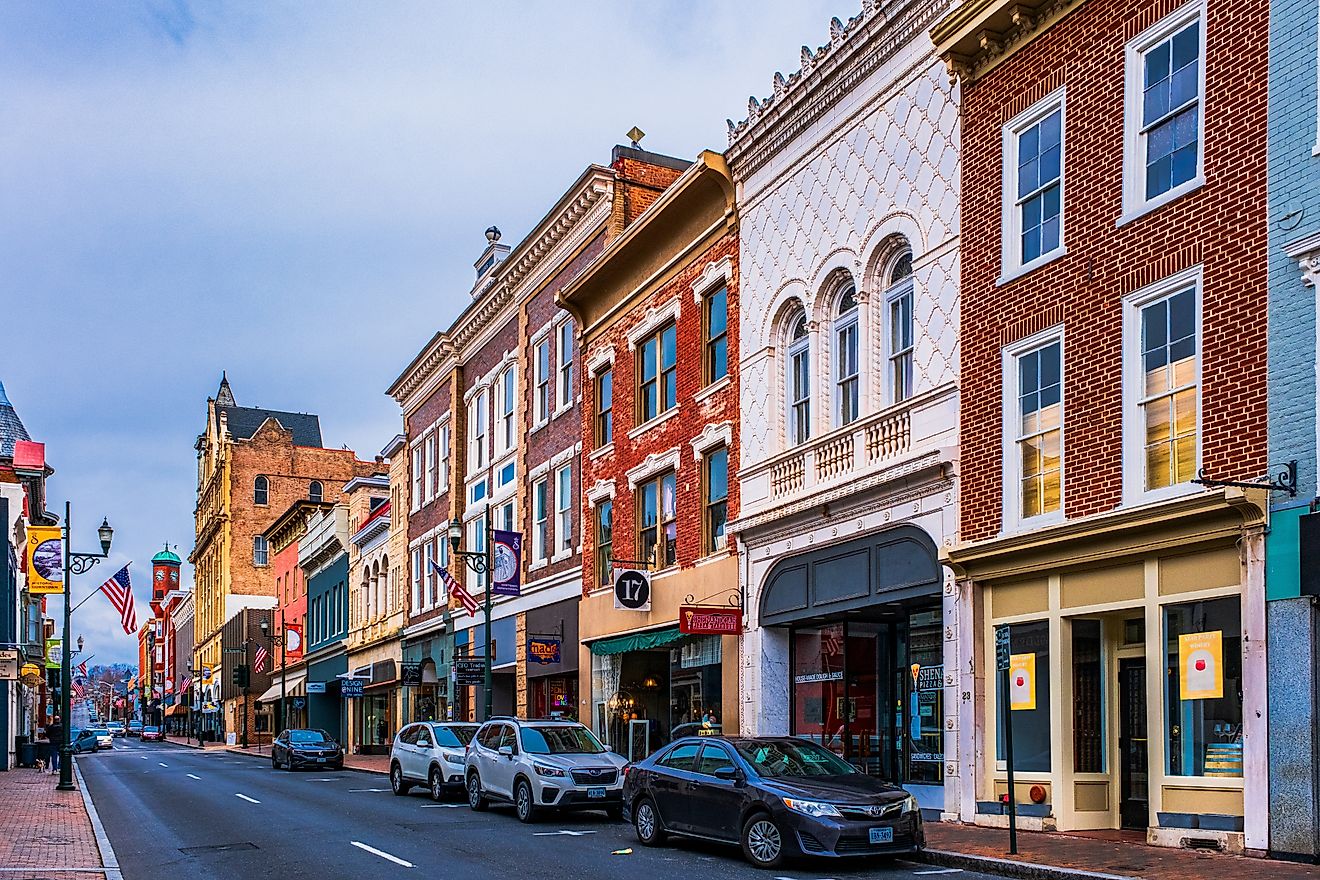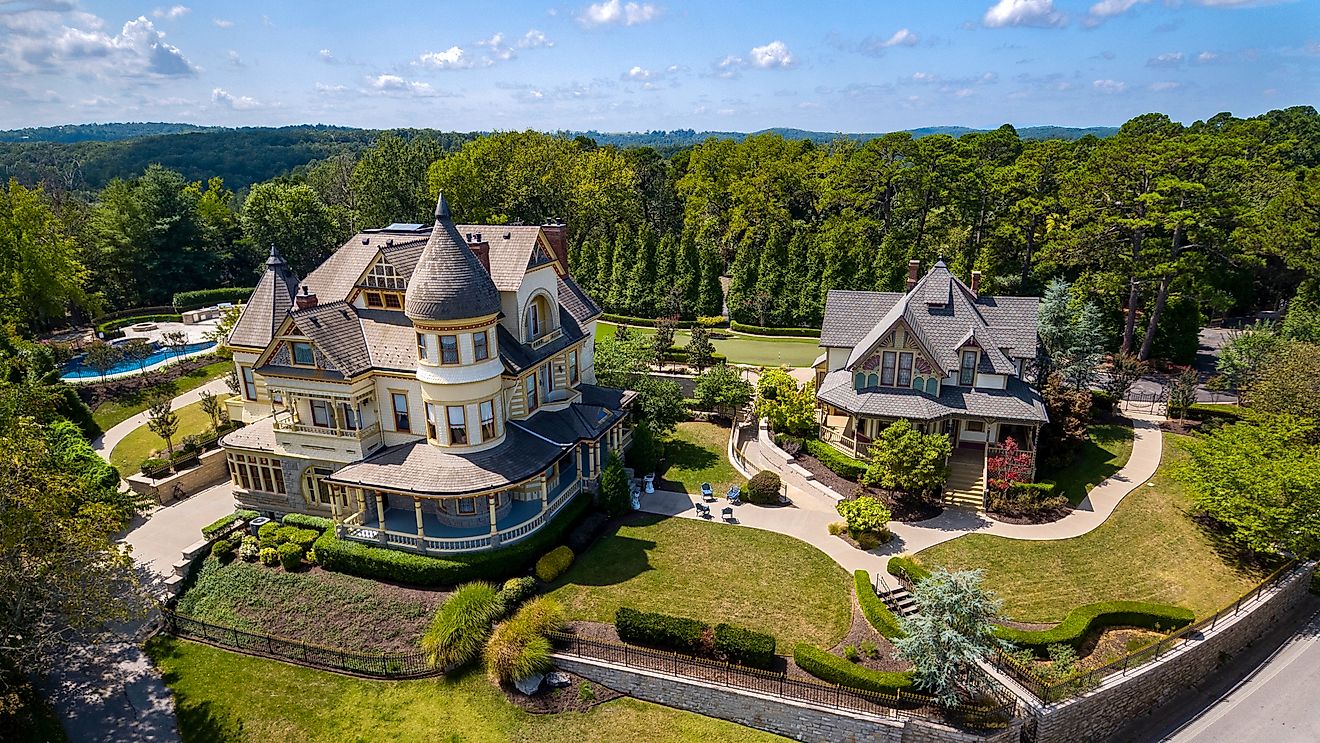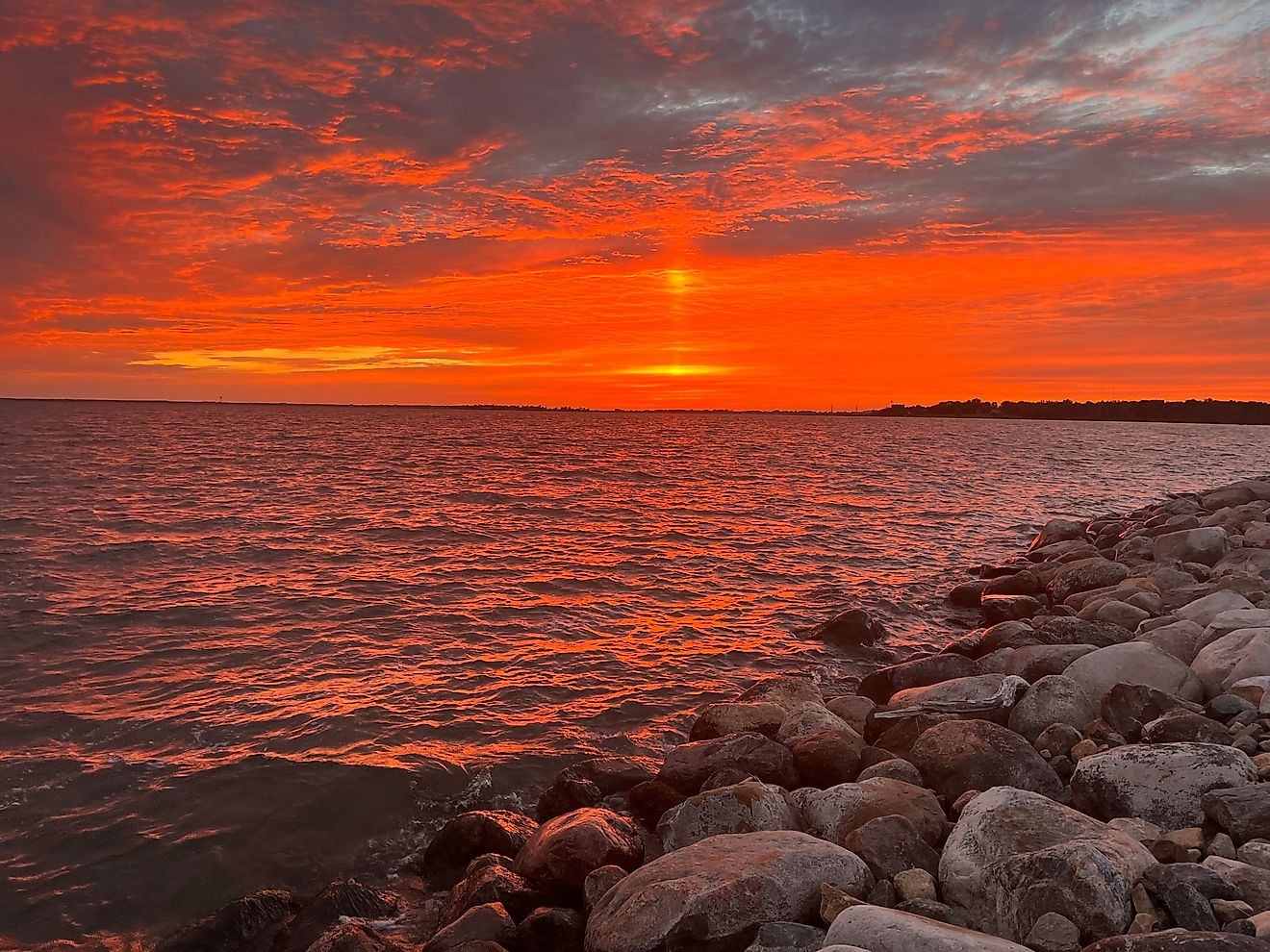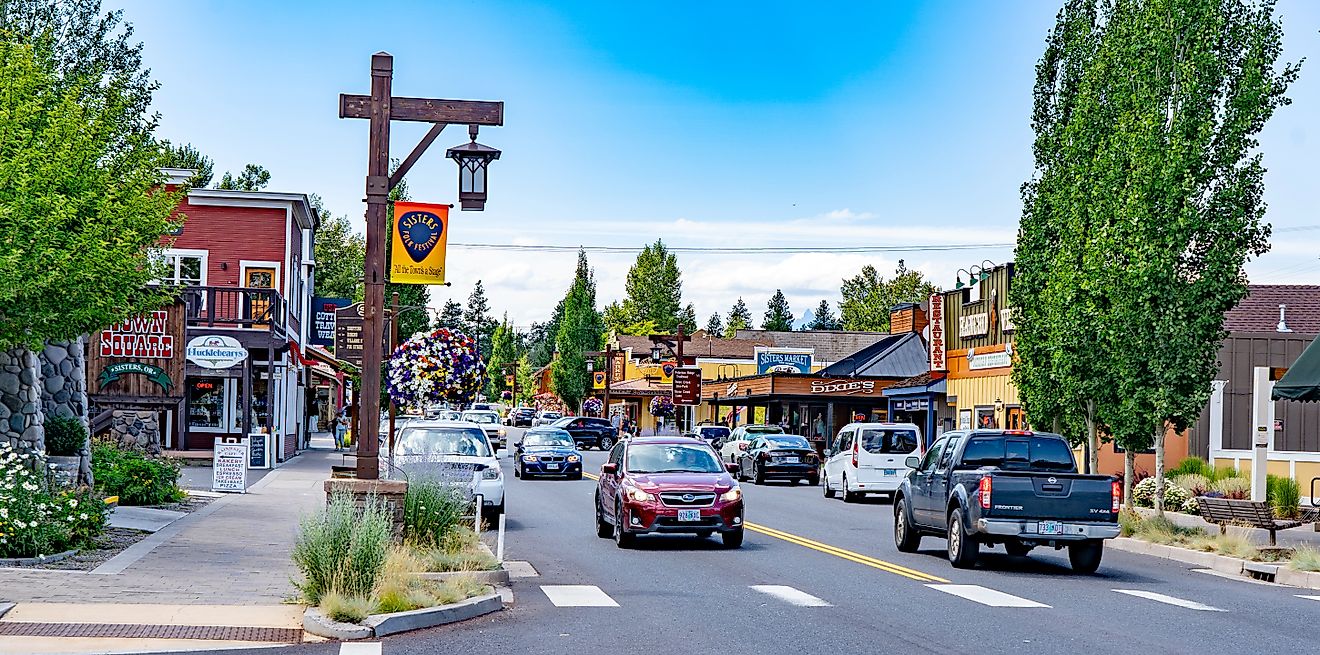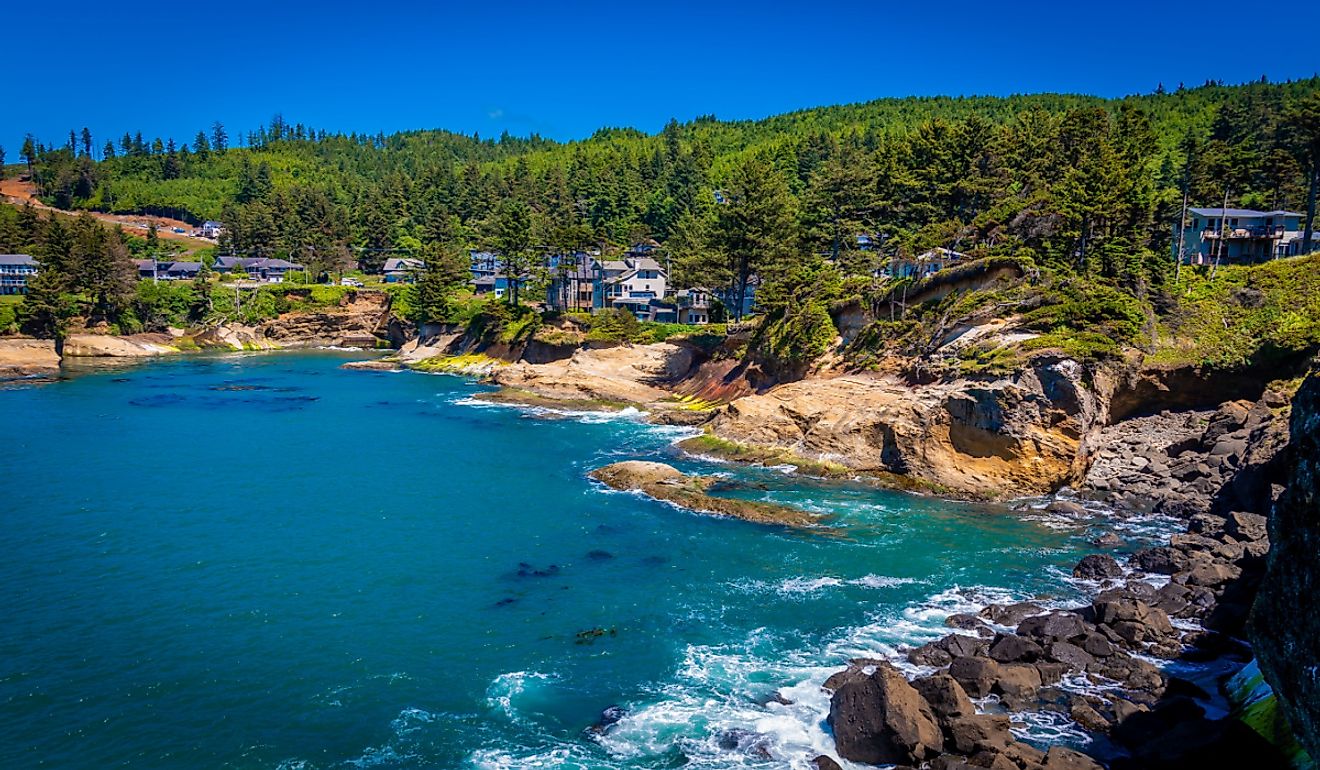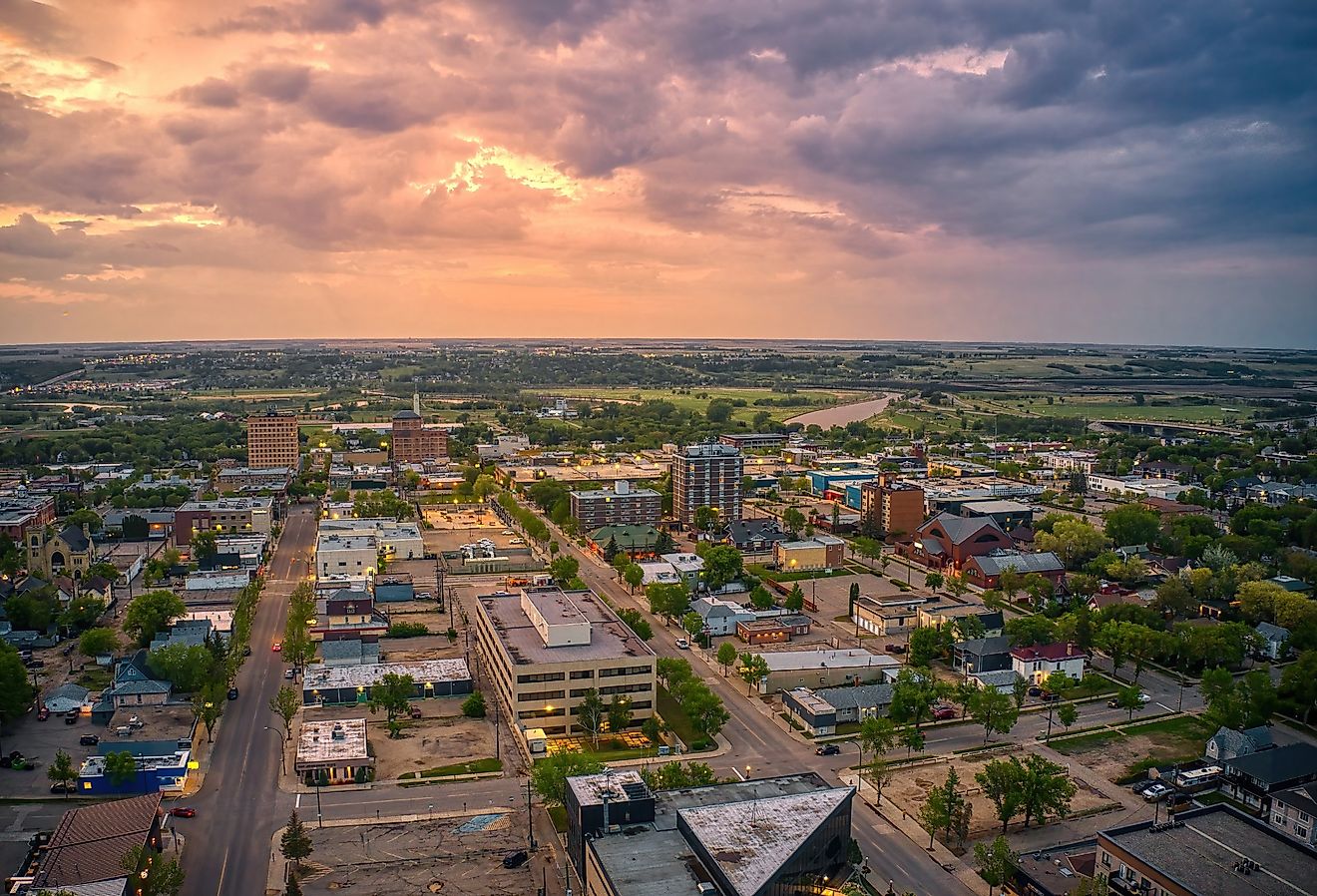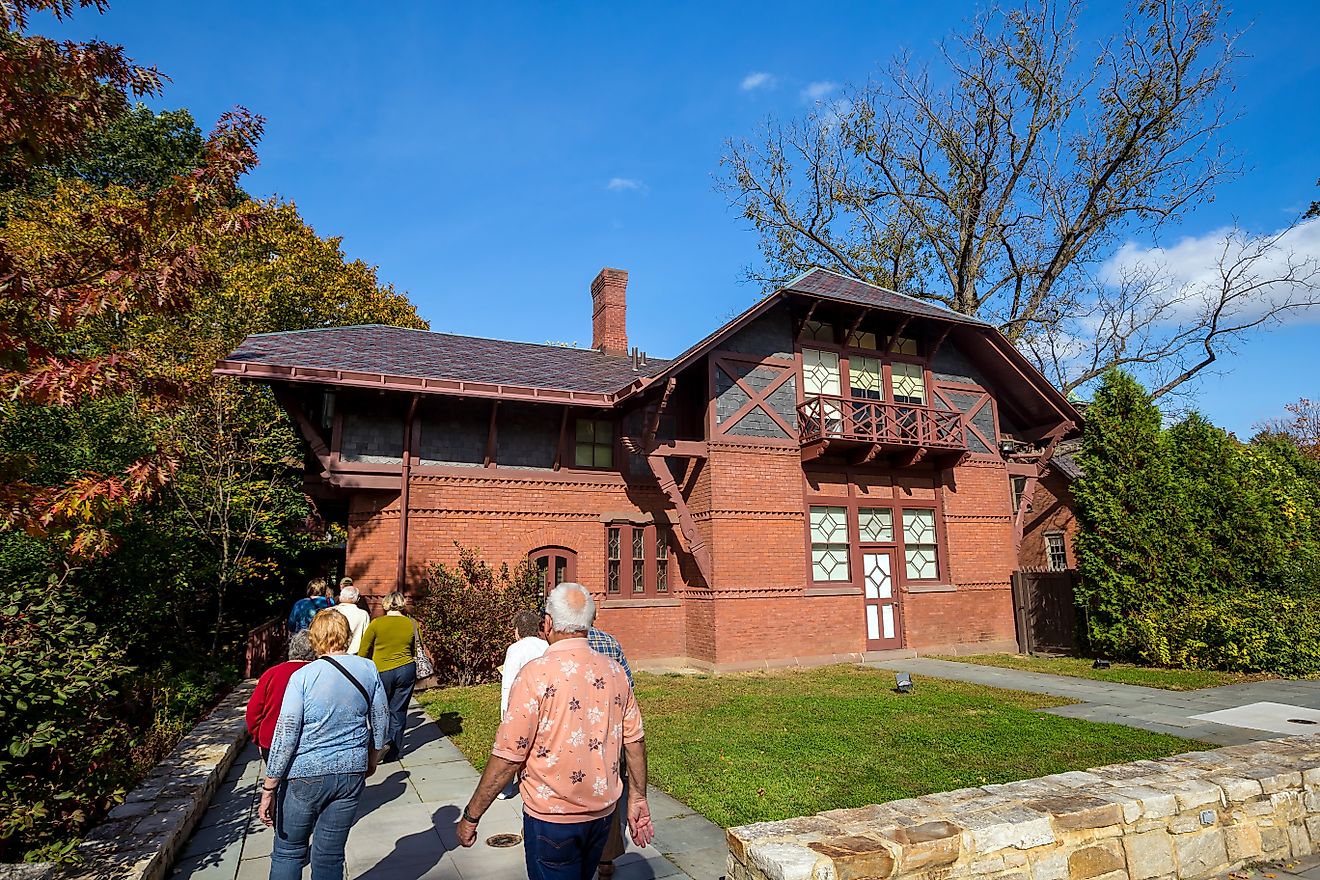
Barrie, Canada
Barrie, situated in south-eastern Ontario, was established as a municipality in Canada in 1837. Spreading along the Kempenfelt Bay, an arm of Lake Simcoe, Barrie lies about 90 km north-northwest of Toronto. While its early economy was supported by agriculture and lumbering, it is a historically-rich town that is also an arts and culture mecca, comprising an excellent tourist getaway full of incredible waterfront vistas.
Early History Of Barrie
Pre-1600s, the Huron-Wendat were the region's first inhabitants, with 20,000 to 25,000 people living on the stretch from the shores of Georgian Bay to the northern coast of Lake Ontario. With drastic amounts of death in 1634 and 1642 from measles, influenza, and smallpox, their numbers were reduced to 9,000, while in 1648 and 1649, Haudenosaunee defeated and dispersed the remaining, although some joined the new ruling tribes. The Beausoleil First Nation on Christian Island in southern Georgian Bay and the Chippewas of Rama First Nation on the east shore of Lake Couchiching comprise the native group Anishinaabe, still there today, having pushed the Haudenosaunee to the south in the late 1600s.
The native people used the Bay's shores as a resting place pre-travel to Lake Huron via the portage between Lake Simcoe and the Nottawasaga River. The township's history began in 1812 with a storehouse built on the present-day site for the looming war, to be used as a landing and starting point of the Nine-Mile-Portage, a military supply route to the upper Great Lakes. With more British people allowed to bypass into the region through Detroit, they eventually settled at the end of the portage as its first European residents. The long thought-after railway connection to join Barrie and the City of York to share resources and industry took place in 1865.
The 1900s

During the First World War, the Canadian Expeditionary Force established a training base southwest of Barrie, where the Royal Flying Corps opened Canada’s first military airfield, known today as the Canadian Forces Base Borden that is the most extensive training facility for the Canadian military. Named after Commodore Robert Barrie, the commander of a naval squadron at Kingston, the permanent settlement of Barrie was established in 1928. Even the town's streets retain names that can be traced back to the British military presence during the war.
With nearly two hundred feet tall trees in the region, the growing city became an export center for lumber, logging, and shipping them as masts for British ships and railway ties. When the huge Bay would freeze during the winter months, chunks of ice were also cut and sent down to the big cities of Toronto, Buffalo, and New York for refrigeration. Highway 400 was completed by 1950, finally letting the tourists access the magnificent Bay that made the city of Barrie a favorite centrally-located family vacation spot in the province. With a population reaching over 150,000 today and growing, Barrie is one of the fastest-growing cities in Canada.
Geography Of Barrie

Set in the central portion of Southern Ontario, some 90 km north of Toronto within the Greater Golden Horseshoe subregion, Barrie, considered a "bedroom community," is accessible via Highways 26, 400, and 11. Roughly 4/5 of the population resides in the metropolitan consisting of 898.02 sq. km. There is ample farmland or grassland comprising the countryside. There are no major rivers within the city's limits, while its numerous creeks and streams empty into the Kempenfelt Bay. The portage used over the past centuries links Kempenfelt Bay through Willow Creek, connecting Lake Simcoe to the Nottawasaga River that flows into Georgian Bay off Lake Huron.
Infrastructure In Barrie
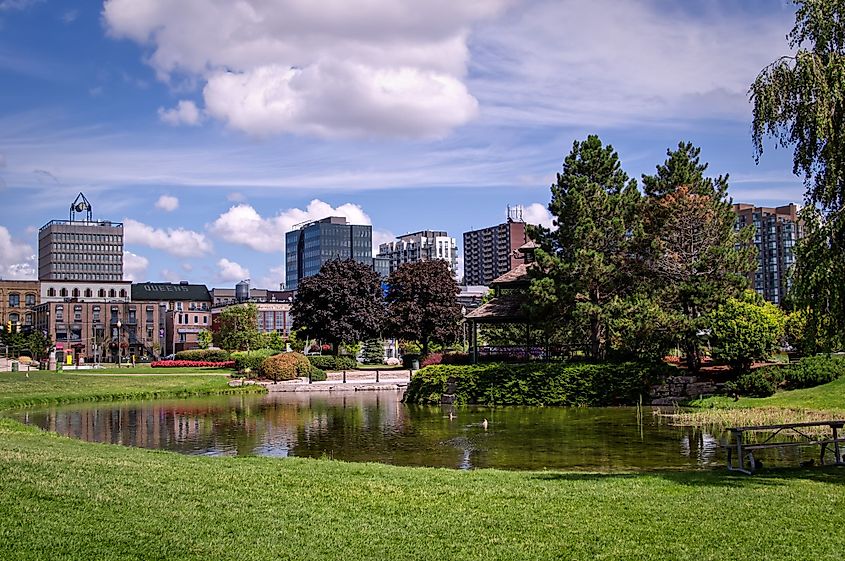
As a politically independent single-tier municipality within Simcoe County, the town extends the urban area to Greater Golden Horseshoe of southern Ontario. Its mayor, Marjorie Hamilton, serving from 1950 to 1952, was one of the earliest female mayors in Canada. Barrie's historic downtown is set in a distinct curve of a valley, hugging the Kempenfelt Bay's western edge, which is also part of Lake Simcoe. The city center is relatively flat terrain, from which it moves upwards to the south and to the north, steep in some places. The Simcoe County Museum and Archives and the Springwater Provincial Park are bordered to the south by the Centennial Park. Barrie's Georgian College of Applied Arts and Technology was founded in 1967, while the Canadian Forces Base Borden lies a few miles west.
Economy Of Barrie

As a summer and winter resort, Barrie has a diversified economy that includes services and diversified manufacturing. While Ontario's median household income was $74,287, Barrie sat at $113,575. It is speculated that higher-paying occupations are available in the Greater Toronto Area than those in the city. Nevertheless, Barrie’s economic stature is not lacking since its local workforce is relatively varied. Most jobs can be found in retail, health care, social assistance, and manufacturing industries. The two major employers in Barrie are the Georgian College and the Royal Victoria Regional Health Centre.
Climate In Barrie

Following suit with the rest of Southern Ontario, Barrie's climate is humid continental, translating into warm and humid summers with cold winters. Located on the southern edge of Ontario's snow belt region, the Georgian Bay lake effect makes the area subject to heavy snowfalls, although the Great Lakes help keep the winter temperatures "at bay." At least 50% of the average 95 inches of annual snow is due to the lake effect, with more snow falling north of the city than south of it.
Set in a location where the breezes from Georgian Bay, Lake Ontario, and Lake Erie, converge makes the area subject to heavy thunderstorms in the late spring and summer months. Having experienced a tornado outbreak in 1985, Barrie was struck by an F4 tornado on May 31 that year, which was one of the most violent and deadliest tornadoes in Canada's history. Another EF2 tornado affected the area from June 16 to 18 in 2014, causing minimal damage to southern Barrie but havoc in the nearby town of Angus.
Tourism In Barrie

Since tourism is massive in the local economy, Barrie's historic downtown and waterfront can be considered its pillars. Having redeveloped its waterfront in 2011 by moving some roadways, there is now more greenspace and parkland along the lakeshore. Downtown Barrie is filled with many old buildings, including specialty shops, boutiques, pubs, and restaurants, most notably along Dunlop Street East. There are fashion boutiques, local art, live theatre, indie-music, and nightlife scenes throughout downtown for those interested in modern entertainment options.

The annual festivals include the Barrie Waterfront Festival, Barrielicious, and Winterfest, among many more, and Fireworks over Kempenfelt Bay during Barrie's Canada Day celebrations. For the active, there are several beaches such as Minet's Point Beach, Johnsons Beach, and The Gables, among others, while boating is popular in Kempenfelt Bay and Lake Simcoe during summer. In wintertime, one can choose to ski at the nearby Horseshoe Resort, Snow Valley, Mount St. Louis Moonstone, or the Blue Mountain. There are also hills for snow tubing, snowboarding resorts, snowmobiles to rent, snowshoeing and nordic skiing trails, and ice fishing locations.
Arts And Culture

Culture and heritage are essential to the lives of Barrie's residents, which they display proudly on the streets, and through Barrie's tourism. The Simcoe County Museum opens up the doors to the past where one can see how the area once was, while the Pioneer buildings and the Victorian Village Street invite one for a more active exploration of the past in the outdoors. With a history in warfare, Barrie's Base Borden Military Museum displays some of the military tanks, trucks, and equipment from the two World Wars. Having served as a critical supply line and strategic path for communication, personnel, vital supplies, and equipment to and from Fort Willow and Georgian Bay (Lake Huron), one can see the Nine Mile Portage, live, along the roads marked by signs, as well as by following the scenic path from Memorial Square to Fort Willow.

An actress and jazz singer from town, Phyllis Marshall, is considered a pioneer among Black Canadian performers, while Judy Fong Bates is a notable author. The MacLaren Art Centre exhibits both historic and modern artwork. On 12–13 June 1987, Spirit Catcher, a sculpture by Ron Baird, was moved to Barrie from Vancouver and erected permanently at the foot of Maple Avenue on Kempenfelt Bay's shore. Comprising a famous landmark, the grand winged sculpture may be moved elsewhere during the city's redevelopment. With vibrant performing and fine arts scenes, there are many live performance companies in town, including the Huronia Symphony. The Mady Centre For The Performing Arts is a modern venue with a flexible stage area best lighting and sound for many professional and amateur cultural productions, film screenings, theatrical plays, concerts, and dance recitals. It also comprises the main stage for the performances by the Theatre by the Bay and the Talk Is Free Theatre Companies. The Georgian Theatre is a professional performing arts facility with a capacity to hold 690 spectators. Traditionally the land of the Wendat and Anishinaabeg people settled first during the War of 1812; the city has grown significantly to become a bedroom community for Toronto and a getaway in one's backyard. With its diversified economy, including education, healthcare, information technology, and manufacturing, tourism continues to contribute most to the ever-expanding city of Barrie.
